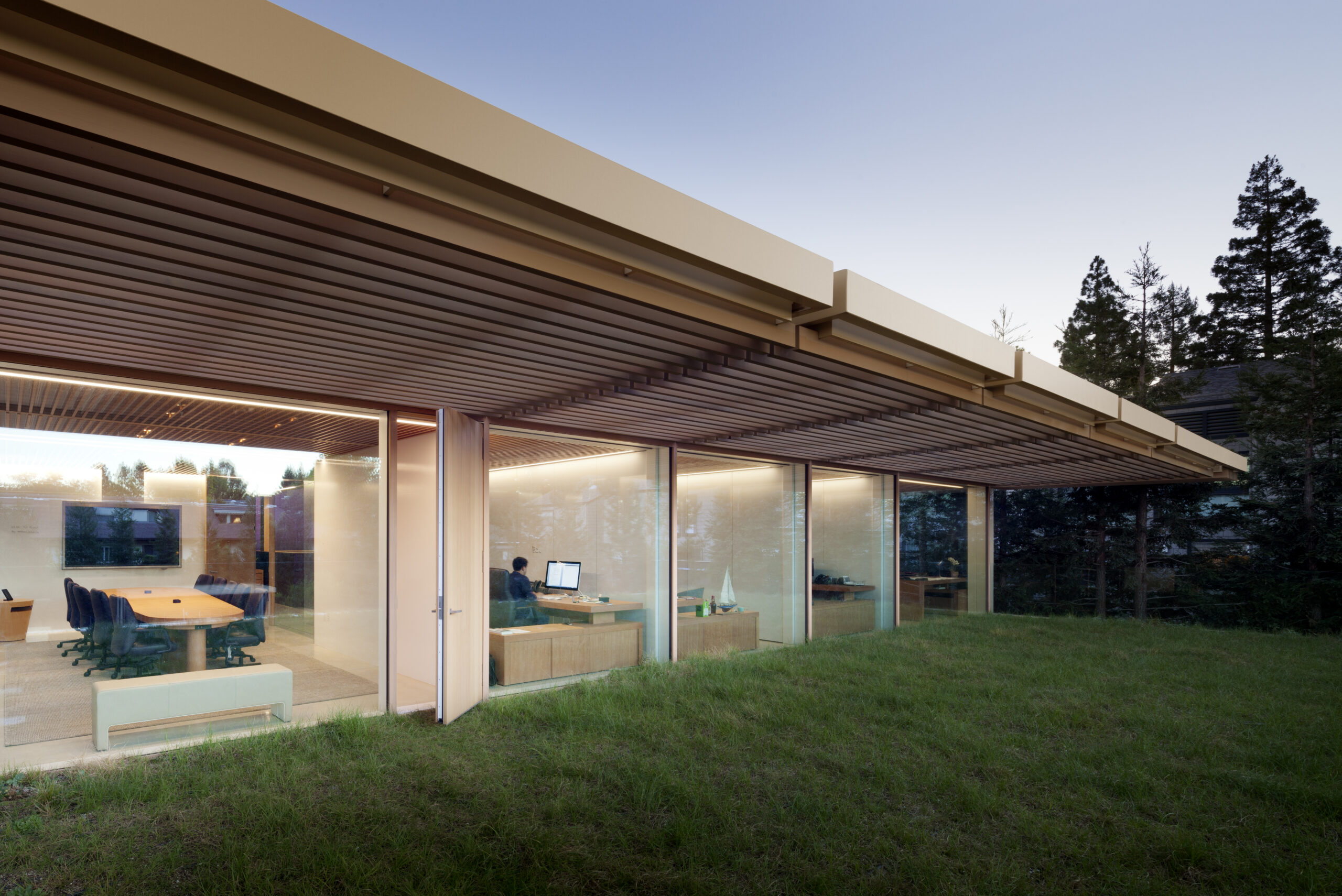Biophilic Architecture + Building Design
Pure ha-pine-ness.
Breathe in, branch out.
One of the biggest causes of health problems in modern society is stress, causing any number of symptoms including anxiety, difficulty focusing, or interacting socially.
Research from the U.S., Canada, Austria, and other countries found that humans automatically relax when they are surrounded by elements from the natural world.
A 2010 study conducted by the University of British Columbia tested the stress-reducing effects of wood and plants in the context of an office environment by measuring the two branches of the autonomic nervous system responsible for human stress responses.

According to the study, the practical implication of this effect is that wood may be able to be applied indoors to provide stress reduction as a part of the evidence-based and biophilic design.
INCREASED PRODUCTIVITY
Better concen-tree-tion.
Until recently, the link between wood interiors and productivity has been anecdotal.
Research is beginning to show that wood can make a difference. Forest and Wood Products Australia commissioned a study that linked nature, biophilic design, and wood with improved physical and mental well-being. The study surveyed 1,000 Australian workers and found a correlation between the presence of wood and employees’ overall satisfaction at work, lower absenteeism, higher levels of concentration, and improved productivity.
Infographic excerpt from Workplaces: Wellness + Wood + Productivity

NATURE’S HEALING PROPERTIES
A room with a view.
A growing body of evidence attests to the fact that the physical environment impacts patient stress, patient and staff safety, staff effectiveness, and quality of care provided in hospitals and other healthcare settings.
A study by Roger Ulrich compared outcomes in patients with views of a brick wall versus patients who saw nature and trees. While patients had the same type of surgery and were matched for other demographics, patients with windows that looked out on trees and landscape had improved patient outcomes, from shorter hospital stays to enhanced mood and less reported pain.

WHAT IS BIOPHILIC DESIGN?
Spruce this place up.
The term ‘biophilia’ translates to ‘the love of living things’ in ancient Greek.
Although the term seems relatively new and is gradually trending in the fields of architecture and interior design, biophilia was first used by psychologist Erich Fromm in 1964, then popularized by biologist Edward O. Wilson in the 1980s, when he detected how urbanization is leading to a disconnection with nature.











